How China will change the global Trade?
China, the world’s second-largest economy, was the first to be affected by the coronavirus epidemic, forcing it to stop traveling, close its stores and theme parks, impose masks in public and encourage the public to distance themselves from society.
Today, the country is gradually reopening.
And while the rest of the world is preparing to do the same, the companies that were forced to respond first to the epidemic in China are using their early experiences to form a model for other regions.
Here’s a glimpse of how the future of business has changed – and how China is giving us a glimpse.
- Workspace Optimizing
- The marketing of products via e-commerce
- Supply chain management
I. Workspace optimization
A. Six Feet Office
Despina Katsikakis, a London-based partner focusing on innovation and emerging practices at commercial real estate firm Cushman & Wakefield (CWK), advises companies around the world on returning to work.
In China, the firm has already helped more than one million workers return to work.
According to Me. Katsikakis, the crisis has accelerated the future of work by as much as a decade.
The company hopes to capitalize on this change, starting with a visual guide for its clients called “Six Feet Office”.
This concept, a “living laboratory” in Cushman & Wakefield’s Amsterdam office, is inspired by what it has learned from China and other feedback from workers and clients around the world.
The commercial real estate company Cushman & Wakefield has built a prototype called the “Six Feet Office”, which encourages workers to continue their social distancing when they return to the office.
In this new standard, offices are, unsurprisingly, six feet apart.
For months, health authorities around the world have been advising people to keep this distance between them to avoid spreading the virus.
Employees are instructed to walk “only one way” – clockwise – around the office to avoid crossing each other and spreading other germs.
Me. Katsikakis said the advice was based on consultations with health care experts, who shared how doctors move around hospitals.
Over the next few years, she plans to replace most of the common surfaces we used to touch with sensors.
Instead of swiping your entrance card to get inside, for example, you could face a facial recognition camera or read a QR code on your phone.
read also Real estate in China

B. Air filtration systems
Companies are also expected to invest more in office air filtration systems to reduce contaminants (Volkswagen, for example, has set their air conditioning units to a maximum in Wolfsburg).
To avoid contaminating surfaces, his company suggests placing a pad of paper on your workstation and replacing it daily.
Although the concept requires more space, it doesn’t necessarily mean that having an office will be more expensive.
Air Filtration system is really outperform in China, with more than top 10 global manufacturers explained wang Agent
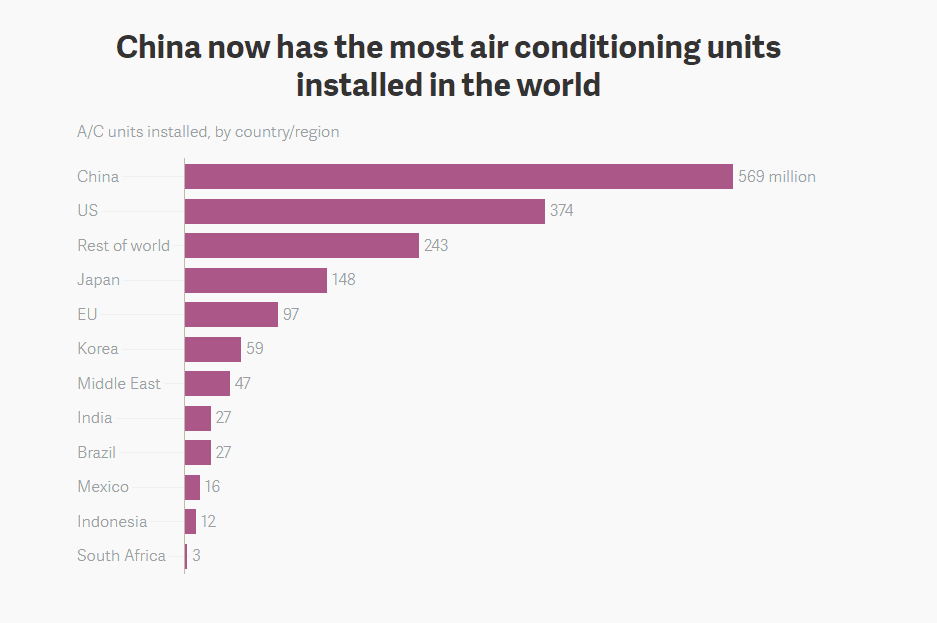
C. Communication at work
The way we communicate at work has also changed.
The explosion in demand for enterprise software, such as Microsoft Teams, has been “unprecedented,” said Jared Spataro, vice president of Microsoft 365.
He said Thursday that the messaging and video conferencing program now has 75 million daily users, a 70 percent increase over last month.
II. Marketing products via e-commerce
In some ways, it’s a great time for brands to win new customers and build lasting relationships,” said Deborah Weinswig, CEO of Coresight Research, a consulting and research firm focused on retail and technology.
While millions of people are holed up at home, they are forced to create new routines and lifestyles, she noted.
Nike, for example, has swung so well that it “could change the curve that [is] underway for many years to come,” she said. (Coresight has already worked on research projects for Nike).
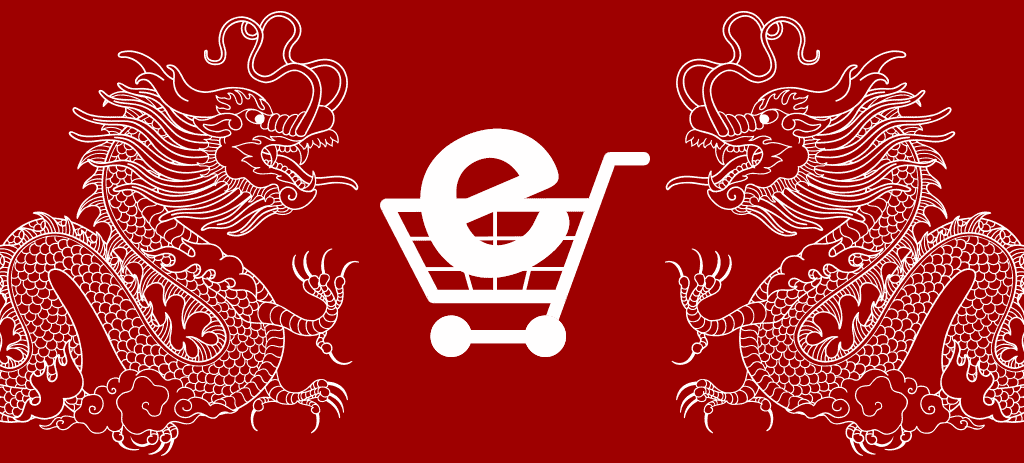
While the company was promoting online shopping before the epidemic, Weinswig said business “has really accelerated” in recent months.
The sportswear giant posted solid profits in March, in part because it quickly accelerated its online business in China.
Digital sales in China grew by more than 30 percent in the last quarter, while the number of weekly active users of its business applications jumped 80 percent, CEO John Donahoe told investors.
The company’s flagship application has been critical to its success.
The platform was launched in China during this period and encouraged users to train at home through a virtual “training club,” according to Coresight.
Weinswig stressed that the application was free, which was “essential” for users.
The company has also launched other online products, including limited-edition sneakers such as the Air Jordans.
Speed was also crucial. like in every startup project
Nike competes in a crowded space, but it was one of the first brands to shift its focus to stay-at-home customers, Weinswig noted.
“They were very early to adopt,” she said.
Read also low budget marketing idea in China
III. Supply chain management in China
The pandemic could also force a reinvention of the global supply chain.

In general, consumer goods supply chains are “designed to focus on efficiency rather than flexibility and resilience,” wrote John Knapp, partner and managing director of the Boston Consulting Group, in a recent blog post.
But in recent months, “shortages of raw materials and essential supplies, as well as the specter of increased worker absenteeism, have exposed underlying risks,” he noted.
This is forcing companies to rethink the way they ship or dispatch their goods.
“What we took for granted no longer exists,” said William Ma, managing director of Kerry Logistics, a Hong Kong-based company that helps companies around the world manage their supply chains.
The technology giant, which offers an AI-based supply chain management program, says it has seen a “significant” increase in demand as more and more customers are looking for predictive modeling of the next crisis.
The pandemic has been “a wake-up call” for many companies, said Benichou, managing director of IBM China.
“What we want to do is clearly help solve the problems we discovered with Covid-19. Supply chain optimization, we have just discovered it, so we need to address this problem”.
Even governments are getting to work.
According to IBM researchers, the outbreak also revealed cracks in the supply chain that most companies didn’t even know about.
The company recently discovered that 90 percent of Fortune 1000 companies had secondary suppliers in Wuhan, the central Chinese city where the epidemic began, but “many had little or no interaction with them,” IBM executive Jonathan Wright told a webcast last month.
He pointed out that rebuilding supply chains takes a lot of capital and time – two things that most companies lack at the moment.
world trade is decreasing in 2020
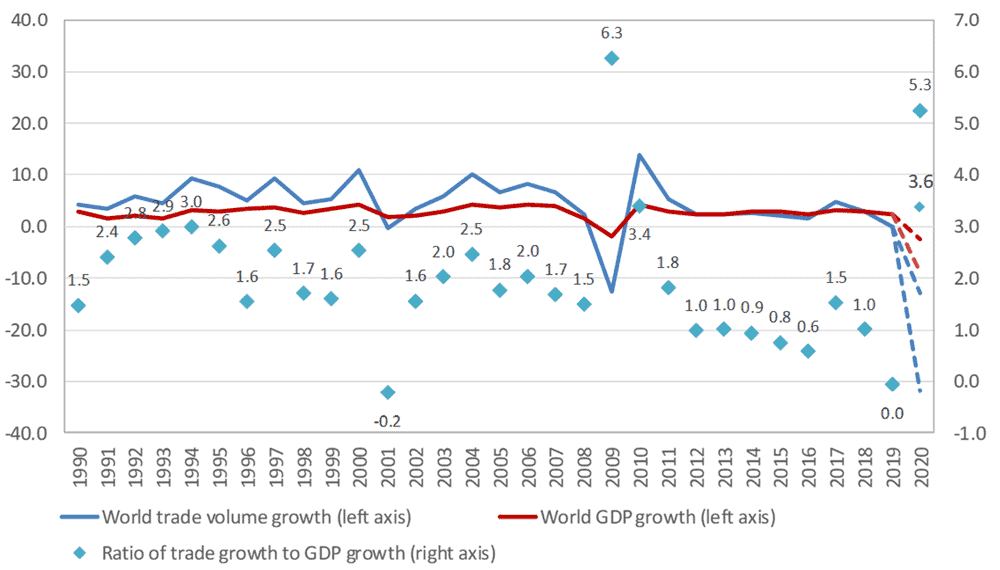
In conclusion
We are witnessing new modeling of the world trading system.
This translates into supply chain management, product marketing, or even workspace optimization, as the company reinvents itself after the pandemic crisis.
The pandemic will have highlighted some of the difficulties that could have been curbed and China is leading by example.
watch also Business Chat with Alberto Antinucci
Business opportunities in China after lockdown | Case Study
see other https://gma.video/
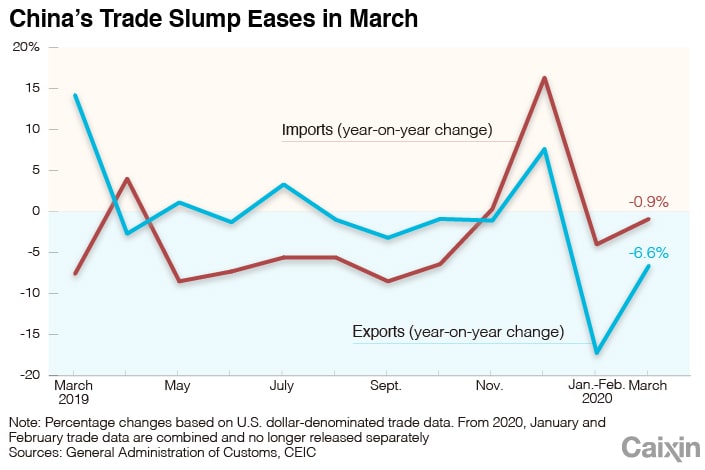
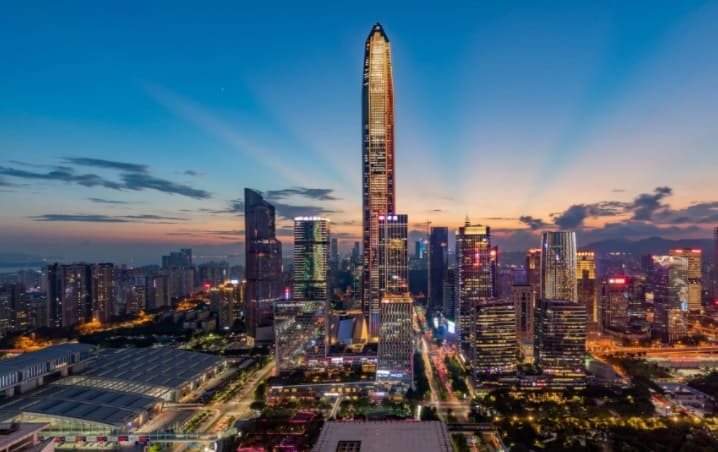
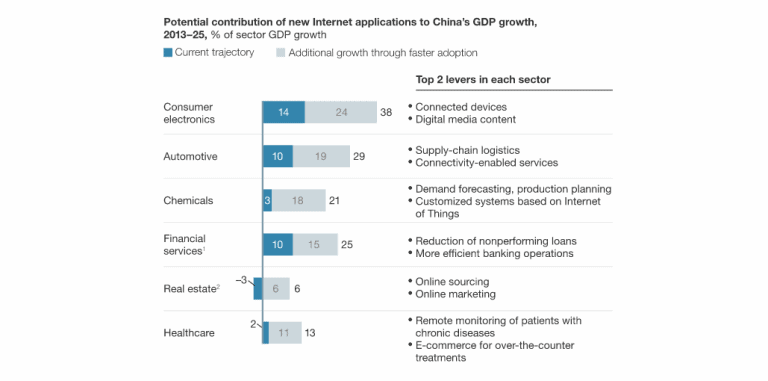
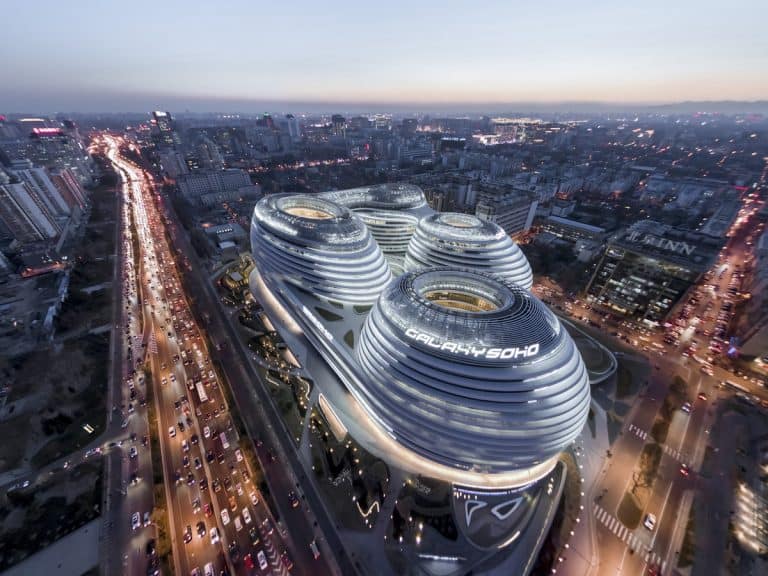

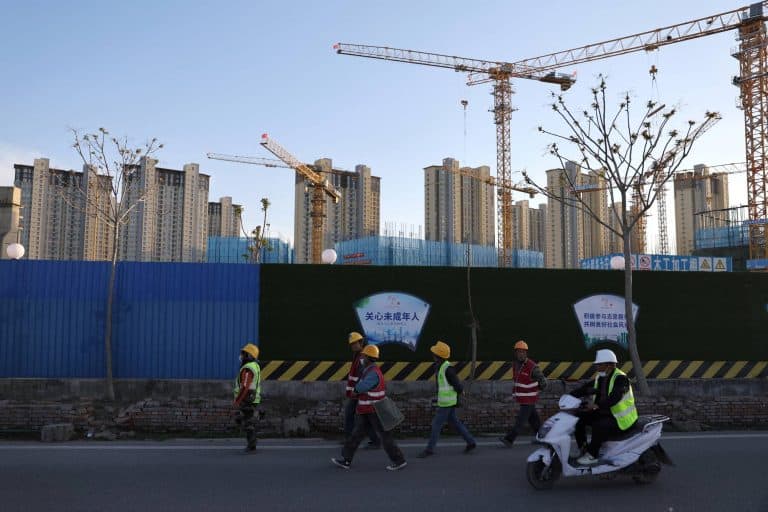
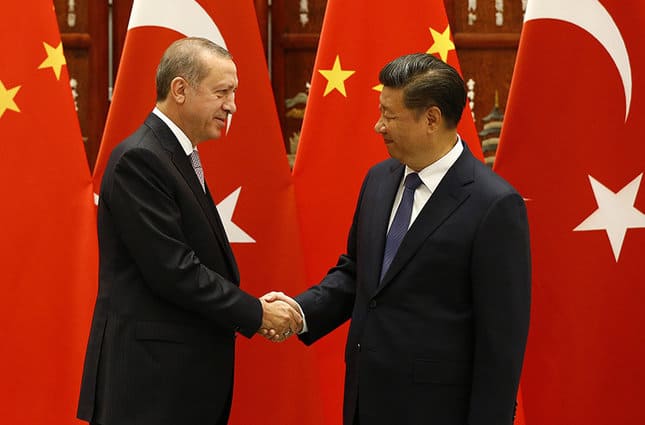
YOU VERY KINDLY CREATED CORONOR VIRUS COVID-19. KEPT IT ONLY IN WUHAN AND SPREAD IT ALL OVER THE WORLD. SO MANY INNOCENT PEOPLE HAVE DIED DUE TO THIS. NOW YOU HAVE ANOTHER SPREAD IN BEIJING. HOPE YOU KEEP IT IN BEIJING AND NOT SPREAD IT ALL OVER THE UNIVERSE AGAIN.
YOU HAVE NOTHING TO BE PROUD OF. YOU OWE EVERYTHING TO THE REST OF THE WORLD FOR WHAT YOU HAVE DONE.